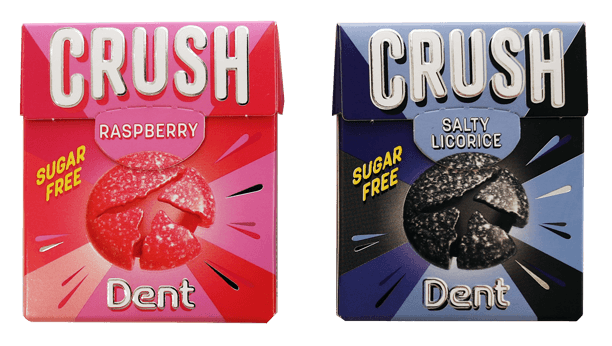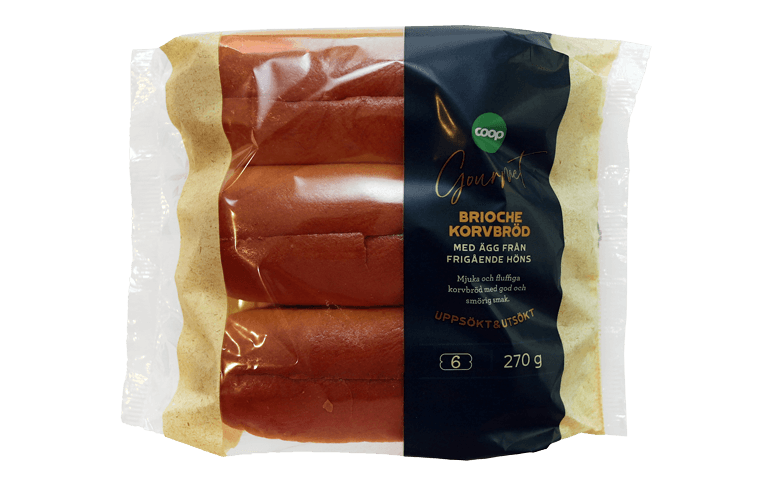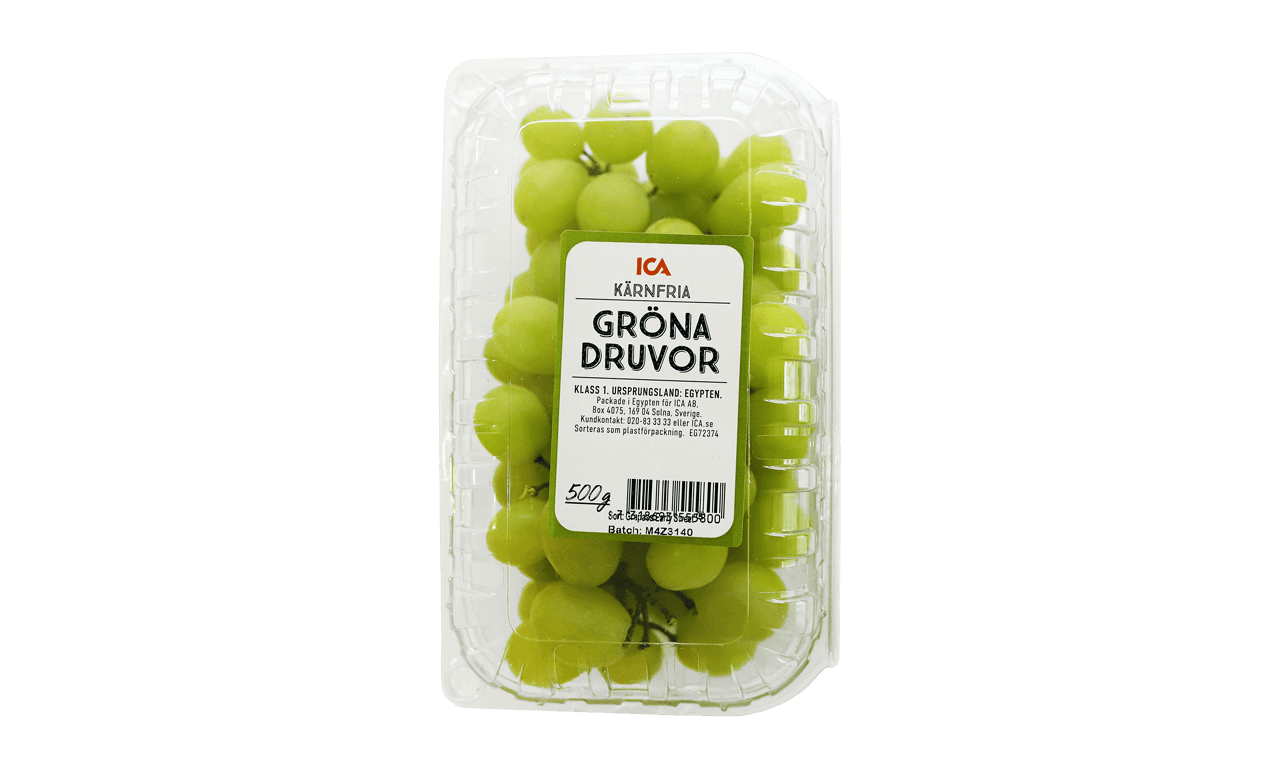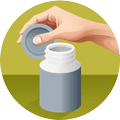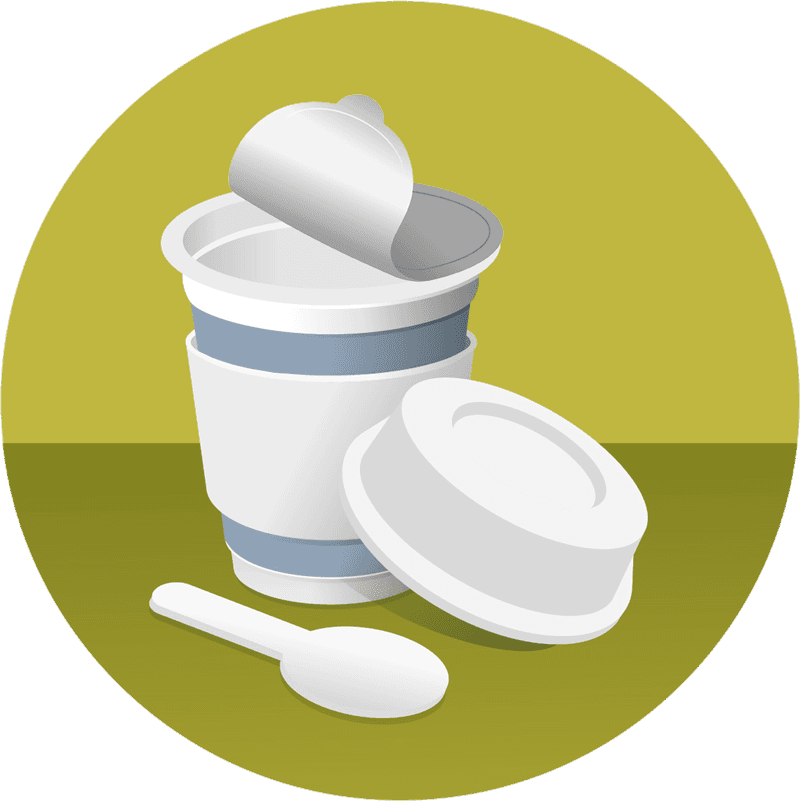
How?
Simplify the packaging by reducing the number of individual parts. If the packaging can be sealed to prevent spills or mess after use, it will be easier for consumers to take it with them. Fewer material types also make it easier to sort the packaging correctly.
Avoid loose parts
Why is it important?
More parts increase the risk of littering as small pieces can go astray when they are dropped, forgotten, fall out of pockets, or are caught by the wind. If the parts are small, it becomes even harder to keep track of them and to clean them up.
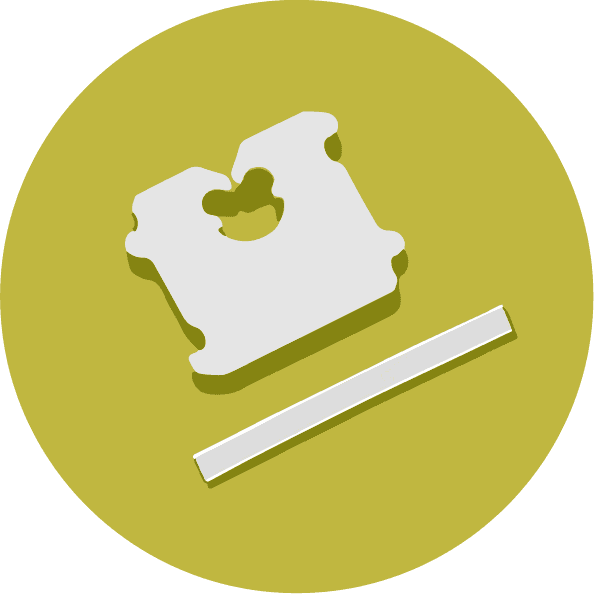
Did you know...
The clip is the most commonly identified litter in winter and accounts for 20% of all litter. The corresponding figure in the summer measurement is 7%. The fact that the percentage of clips is higher in winter may be due to the fact that they are often white and difficult to see against the snow.
The Keep Sweden Tidy Foundation, The litter report, 2024 (in Swedish only)


